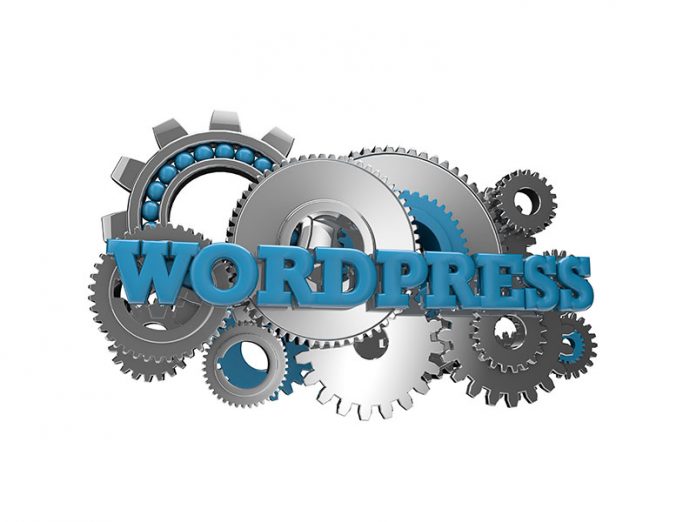If you’re already running a WordPress blog or planning to start one, you are probably hoping to attract an audience and turn them into repeat visitors. Getting this right involves a mix of elements from the content to search engine optimisation (SEO) to the look-and-feel of your site. Here are 5 tips to build and attract a repeat audience for your WordPress blog:
Focus, plan and research
If you’re running a blog for the fun of it, you can pretty much post what you like, when you like. But if you’re running a blog for your business, hoping to earn some income from it, or simply looking for public kudos, you need to decide which audience your blog is for and what content they’ll be interested in to take things to the next level.
It can help to draw up a plan for your blog, detailing which topics you’ll focus on, your metrics for success and your plans for reaching your goal. From there, you can write a crisp About page for your blog telling the reader what they can expect to find on your site as well as descriptions of your blog for the search engines and your social profiles.
A plan helps you to draft your content calendar, plan keywords, decide how to brand yourself as a blogger, draw up social media marketing strategies, and more. Even if your blog is not new, you can still take a step back and draw up a plan to improve it.
You should do some research to inform your plan and to stay in touch with the latest trends in your niche. Aside from keyword research, watch what other bloggers are writing about and what sort of content they are getting the most traction from. This can give you inspiration for posts on your own on topics your readers care about.
Tap into Yoast SEO
Yoast is one of the leading SEO tools for the WordPress platform. This tool is wonderful for beginner bloggers because it contains a content analysis feature to guide you through the process of creating a more optimised blog post. Additionally, Yoast SEO has a lot of other powerful features to take advantage of.
Make proper use of categories and tags
In WordPress, categories and tags are known as taxonomies, and they organise blog posts. They make content discovery easier for someone who is browsing your blog. Four to eight should be fine for most blogs.
You can use as many tags as you like, as long as they remain relevant to your blog post’s content.
Categories are general in nature, and shouldn’t be used too many times. Tags are not to be confused with keywords. Keywords occur in the content of blog posts and are intended for search engines, while tags are strictly for the internal organisation of your blog.
Measure and optimise traffic
You can’t manage or improve it if you don’t measure it. So, make use of reporting tools like Google Analytics to track your blog’s traffic. You can see who has been visiting your website, what pages or posts are the most visited, and then use that information to make a plan for creating more content for your blog.
Google Analytics is free and relatively easy to use. Don’t forget to add your site to Google Search Console to keep track of your blog’s health. Google Search Console has lots of free tools to help you know how Google sees your website.
Get SSL
SSL is a must for every blog. SSL is an acronym for Secure Sockets Layer. This is encrypted information, like form entries that is sent through the browser to the server where your website is hosted. Search engines like Google reward https-encrypted websites by pushing them higher in search results. Plus, having authenticated SSL security helps establish trust between your audience and your blog in the anonymity of the World Wide Web.
We hope that these 5 tips to build an audience for your WordPress blog puts you on the path to success.
 Selina Bieber is the Senior Director for EMEA at GoDaddy.
Selina Bieber is the Senior Director for EMEA at GoDaddy.







